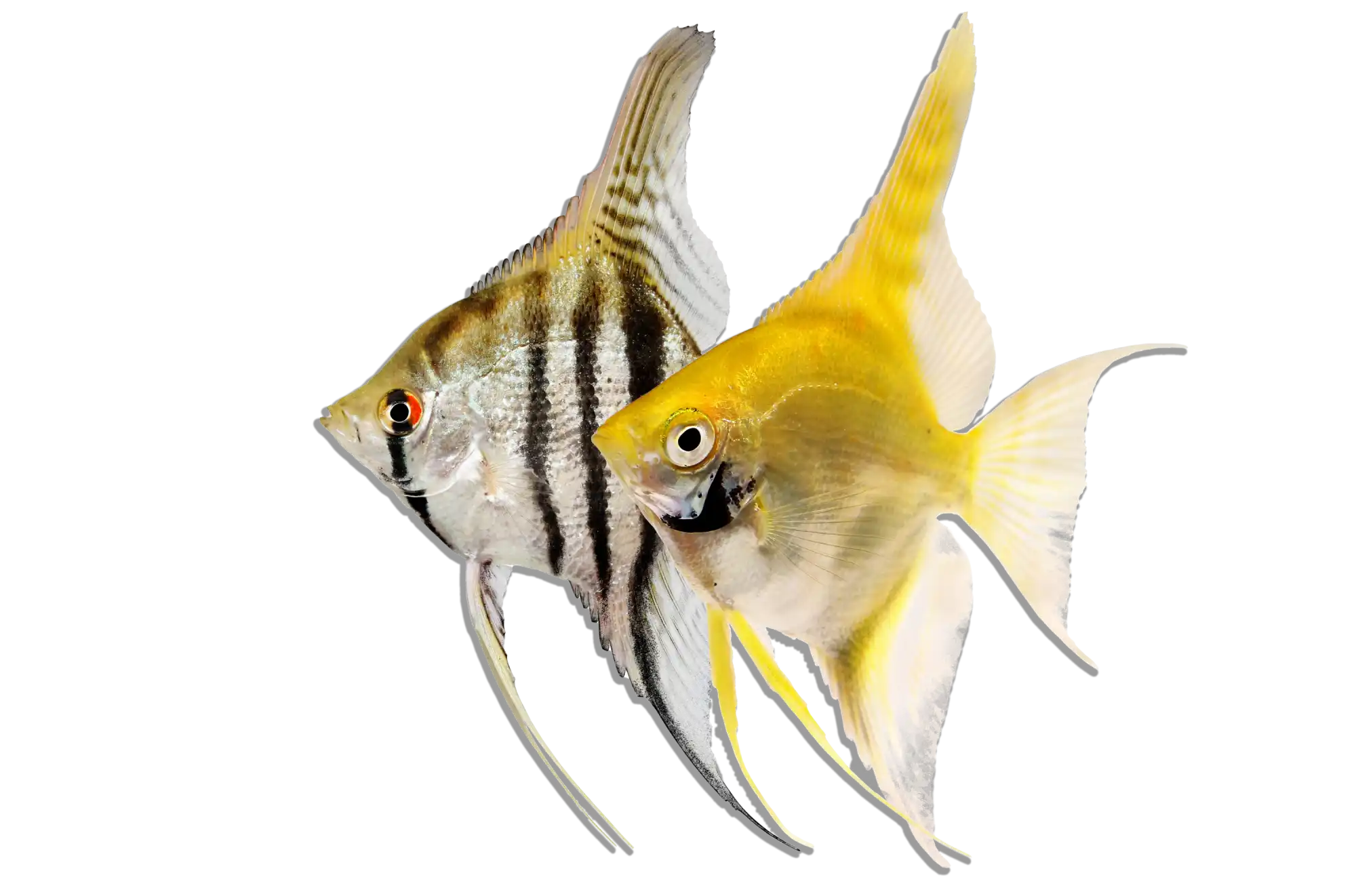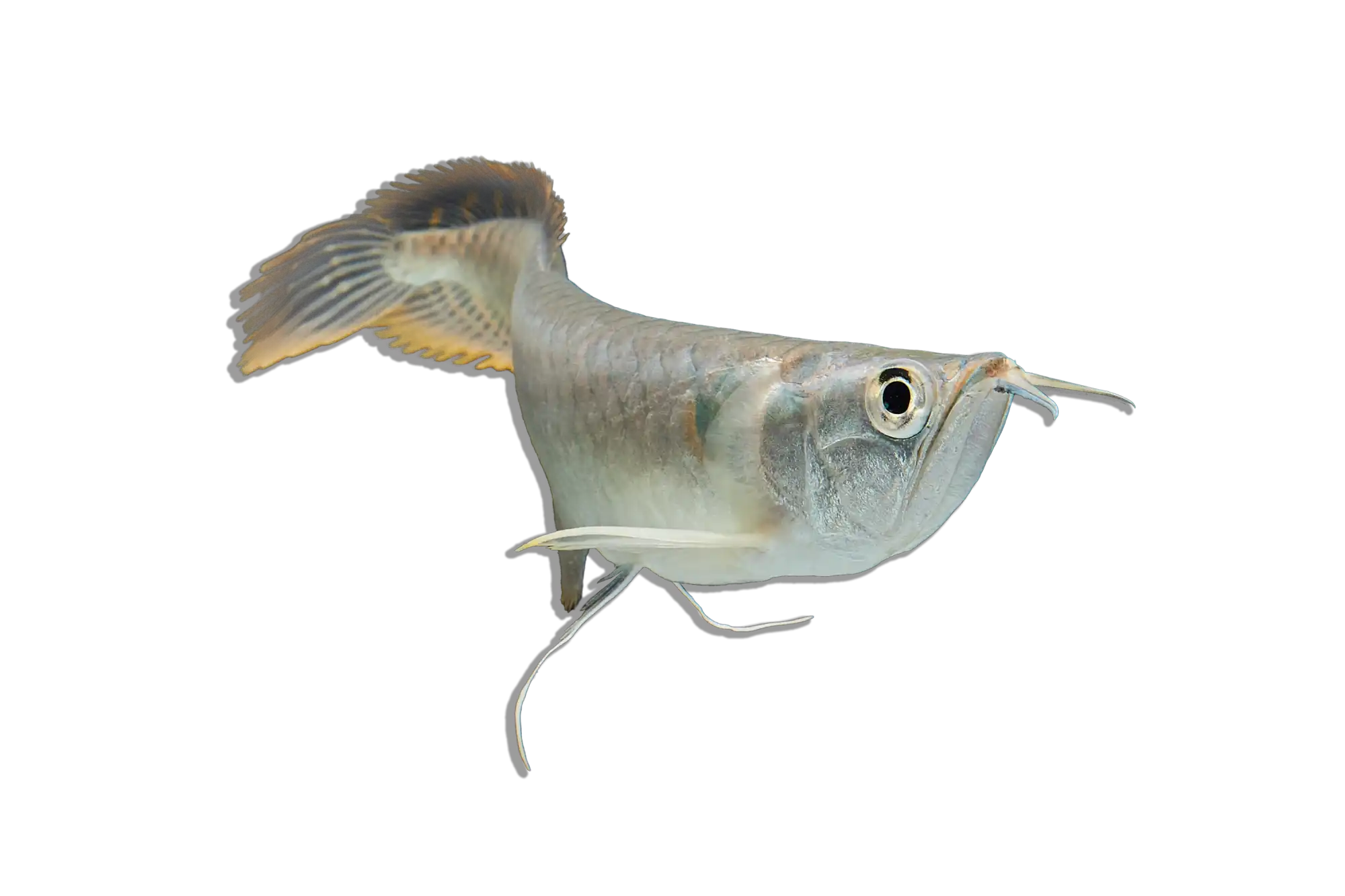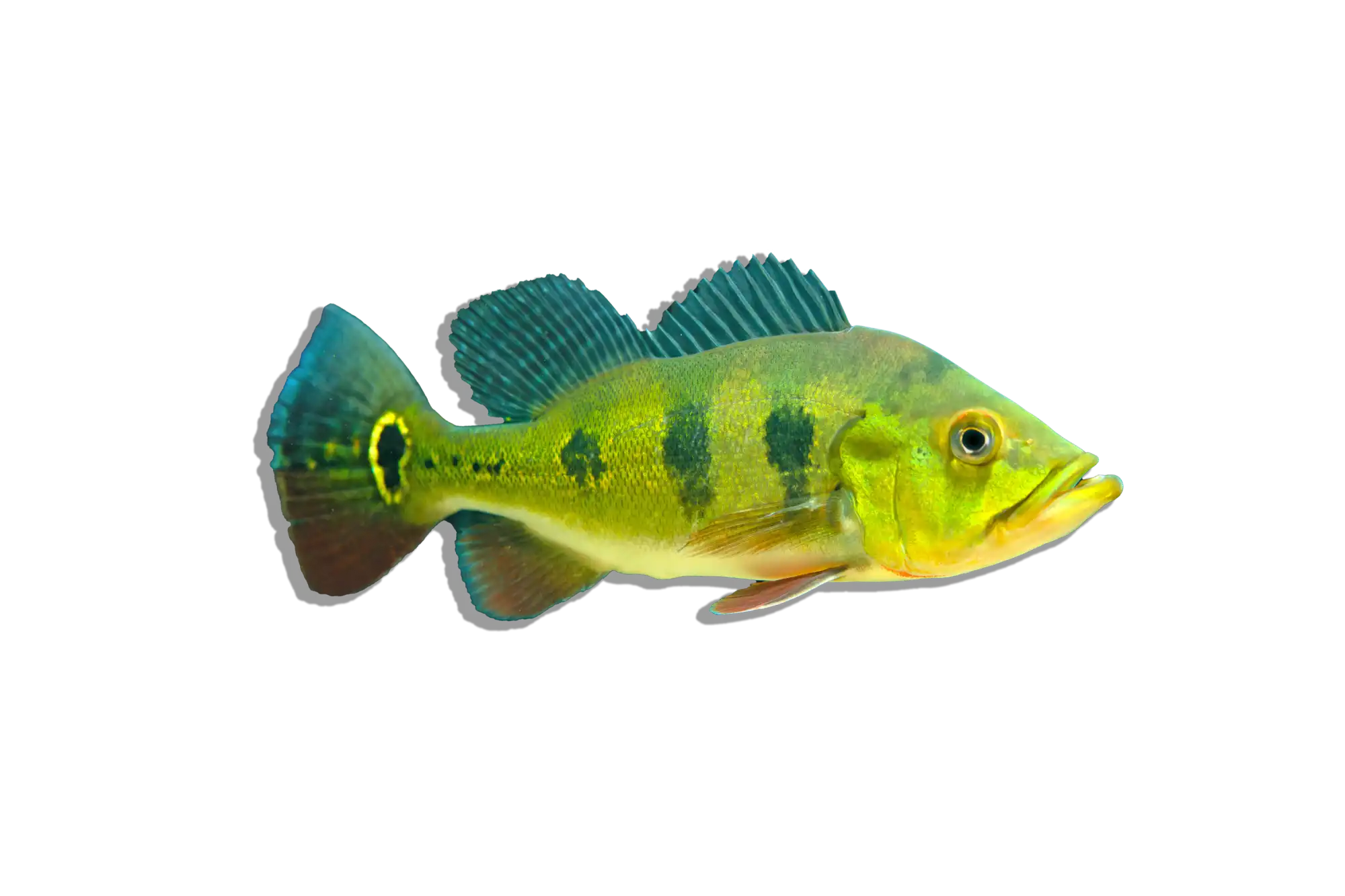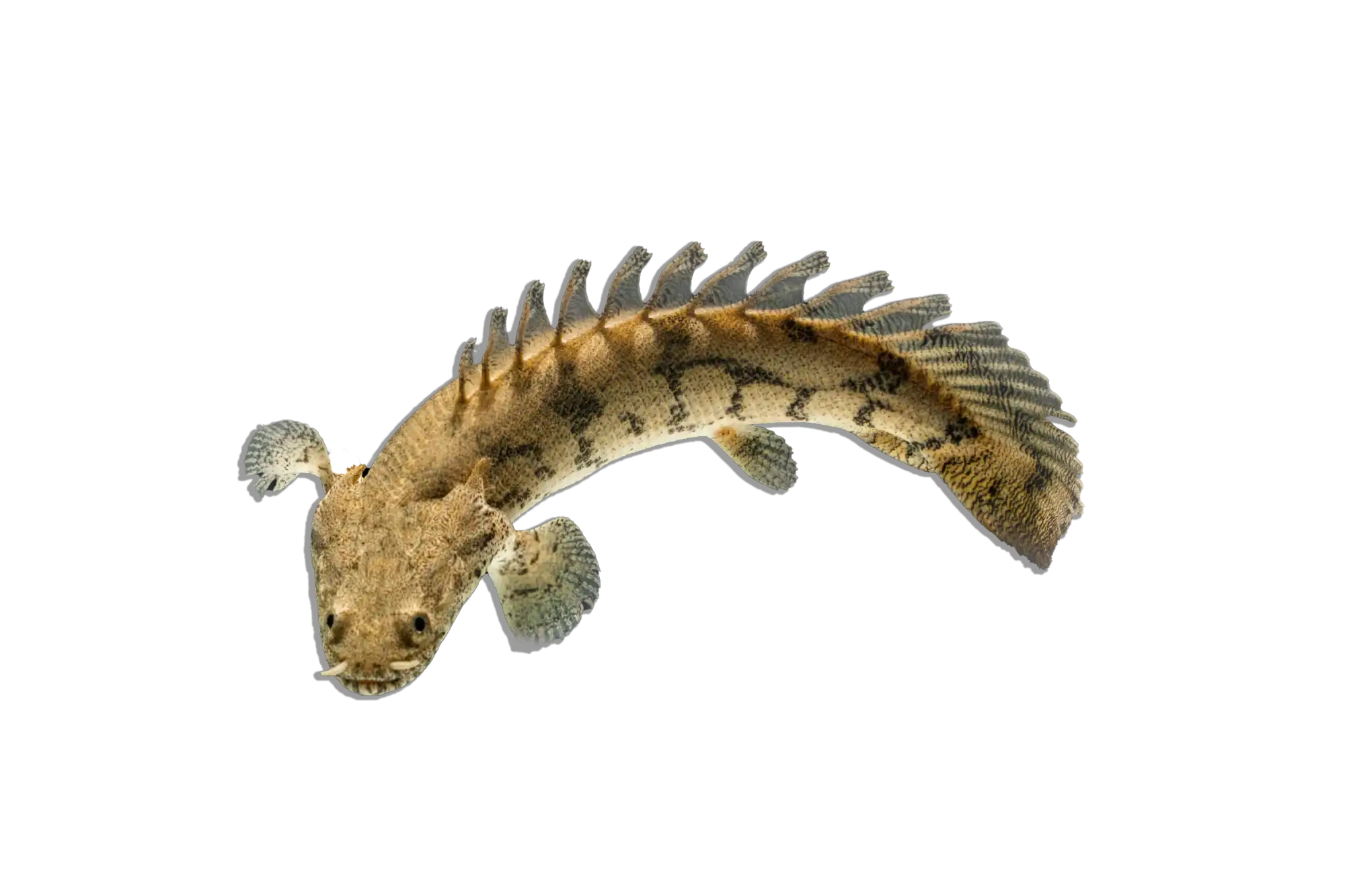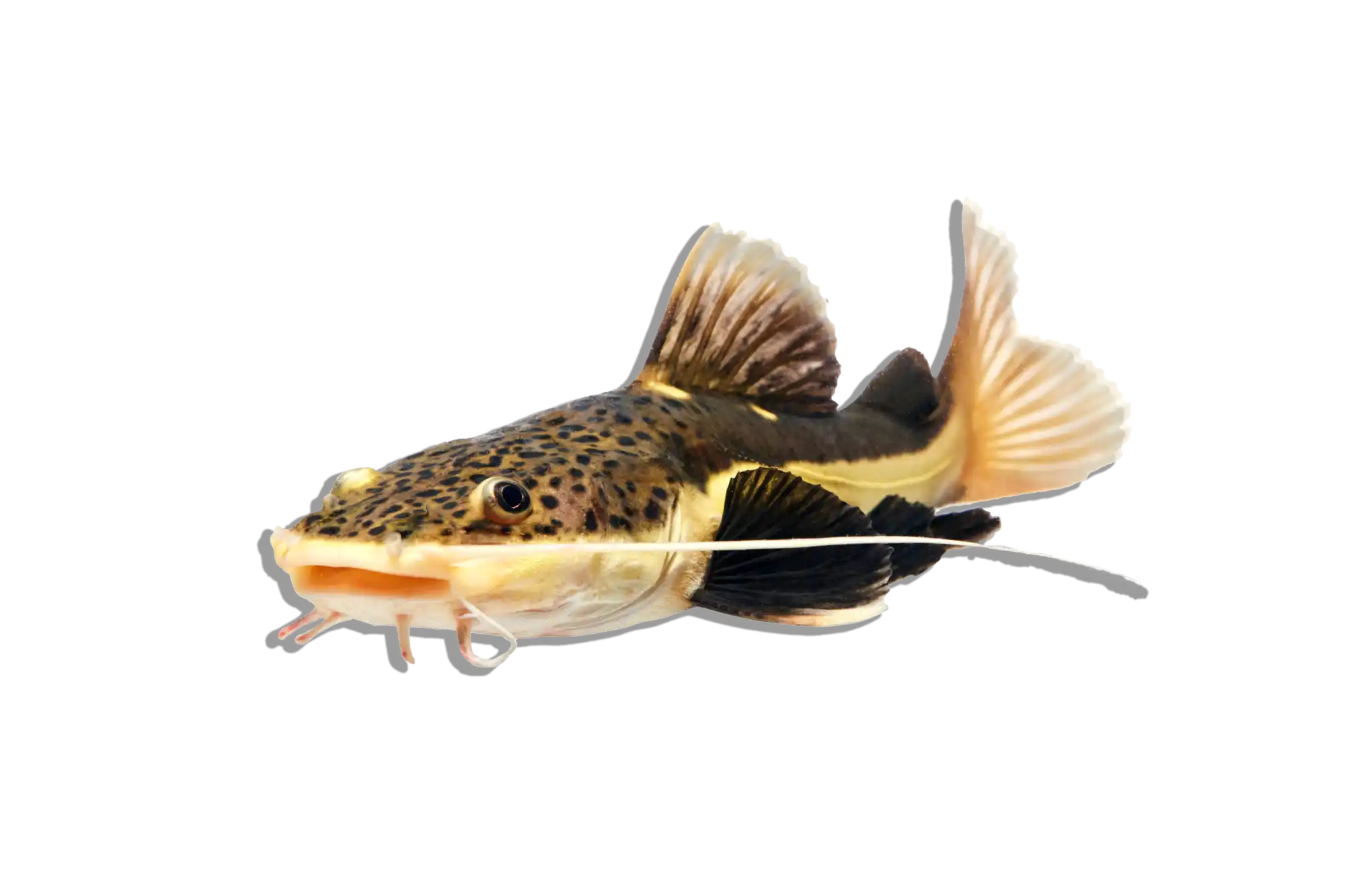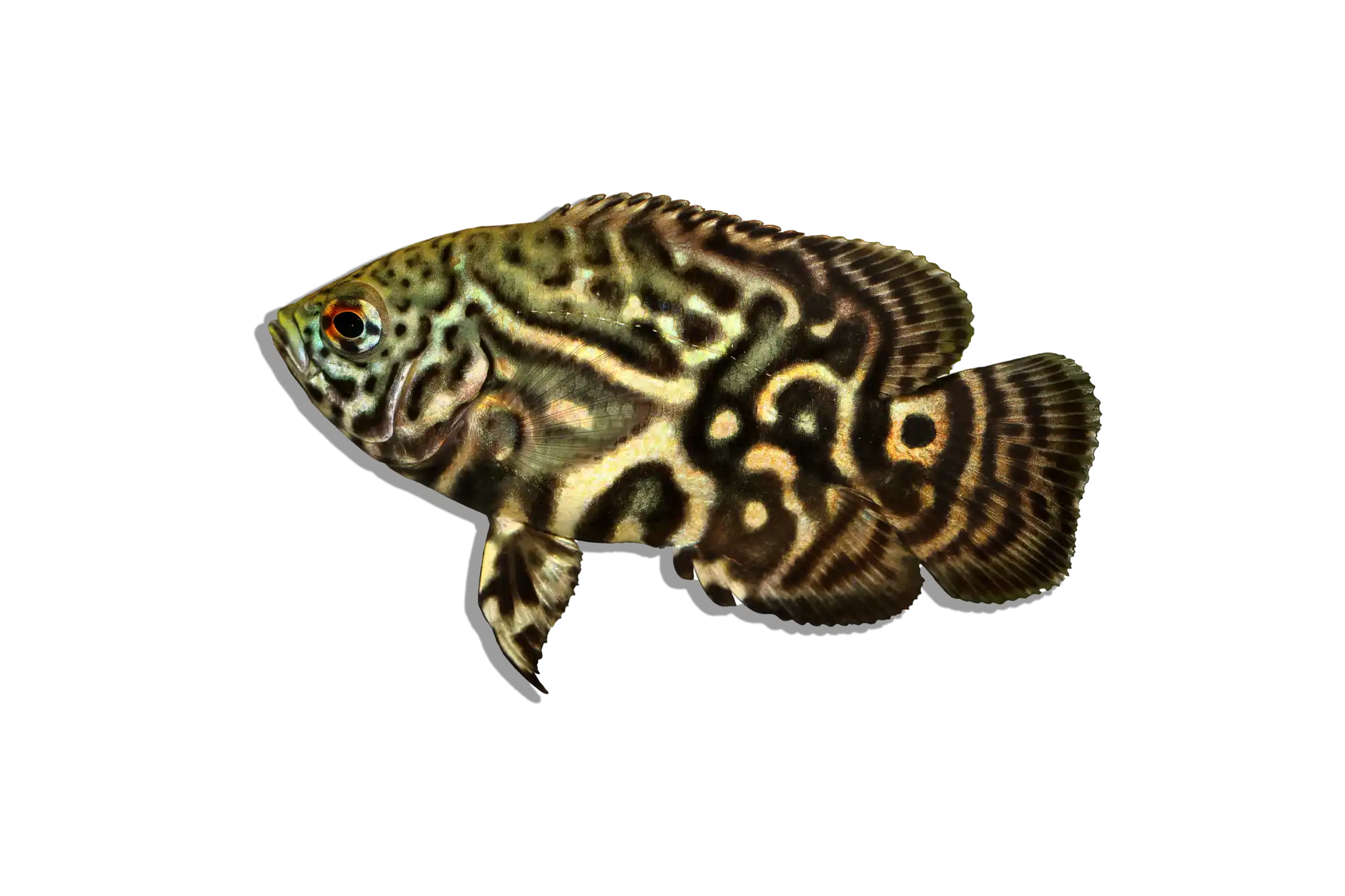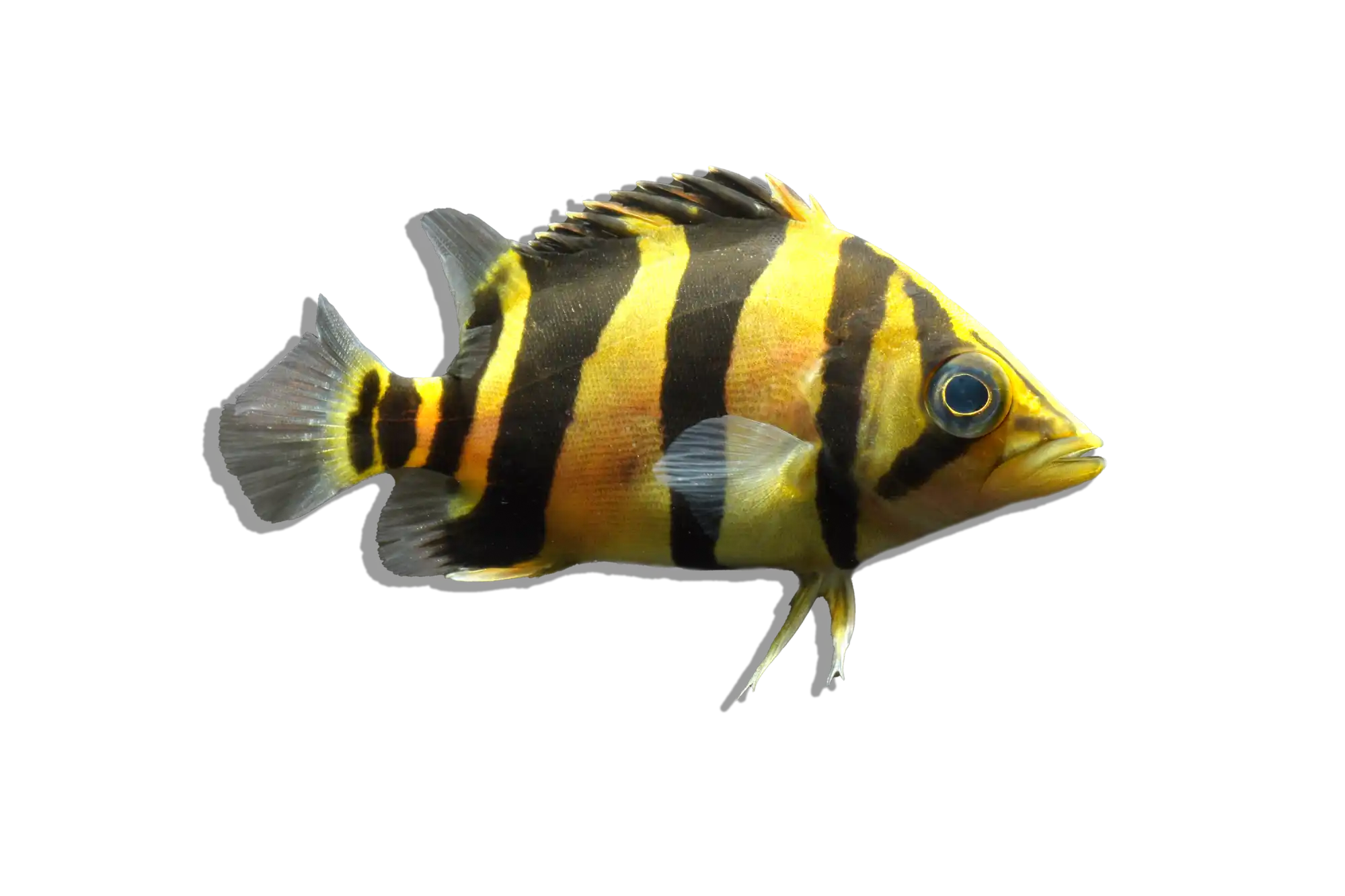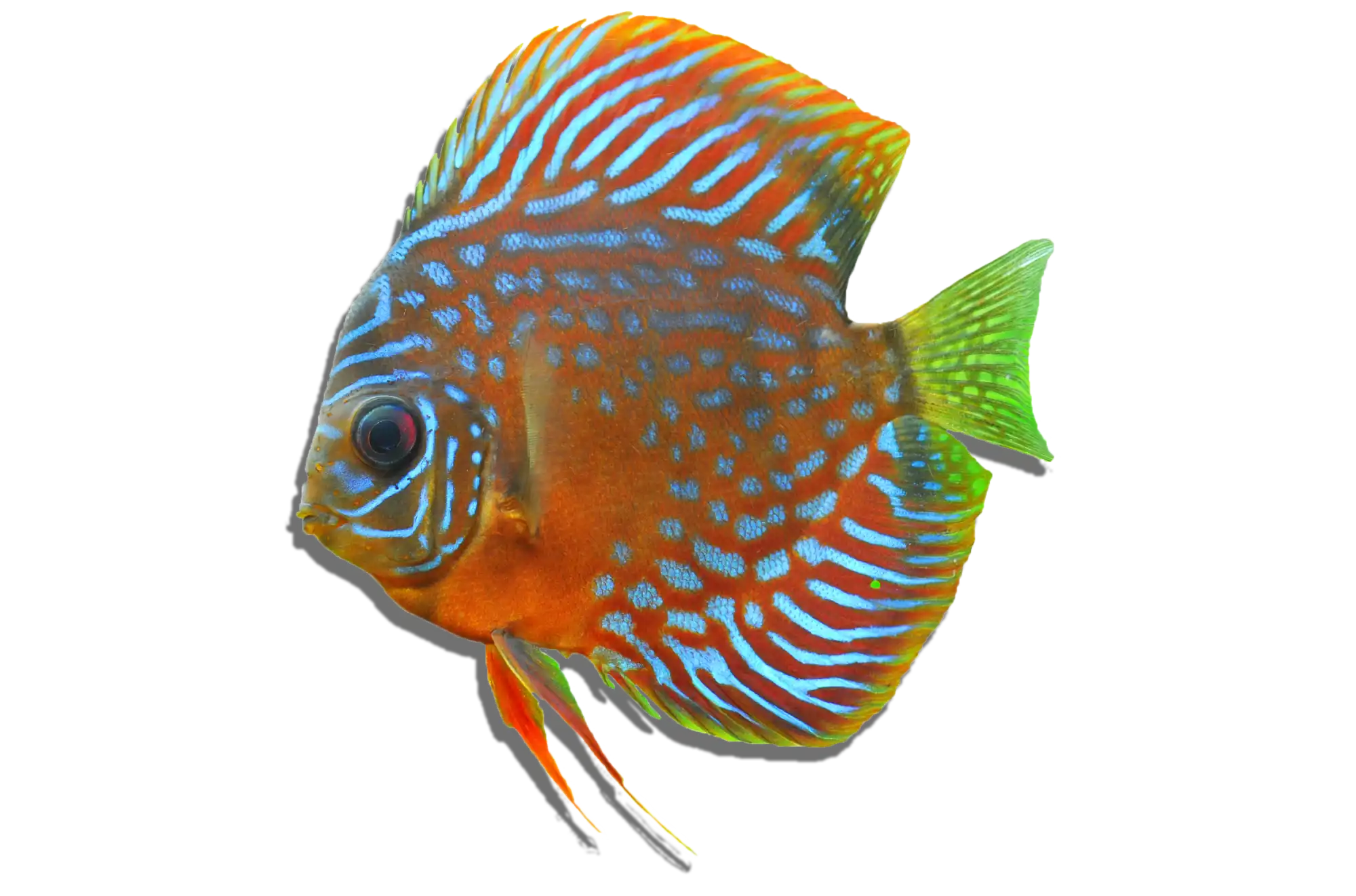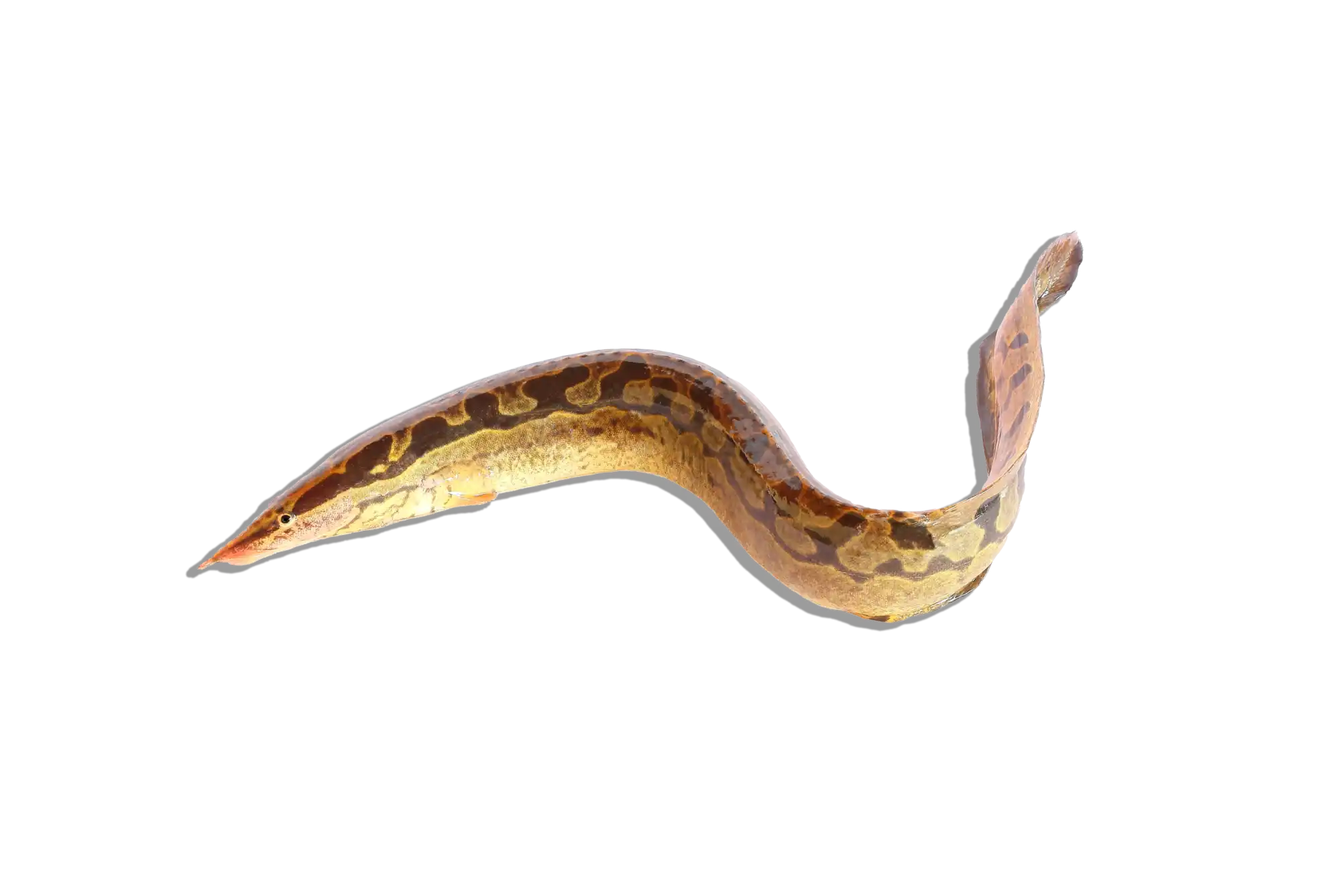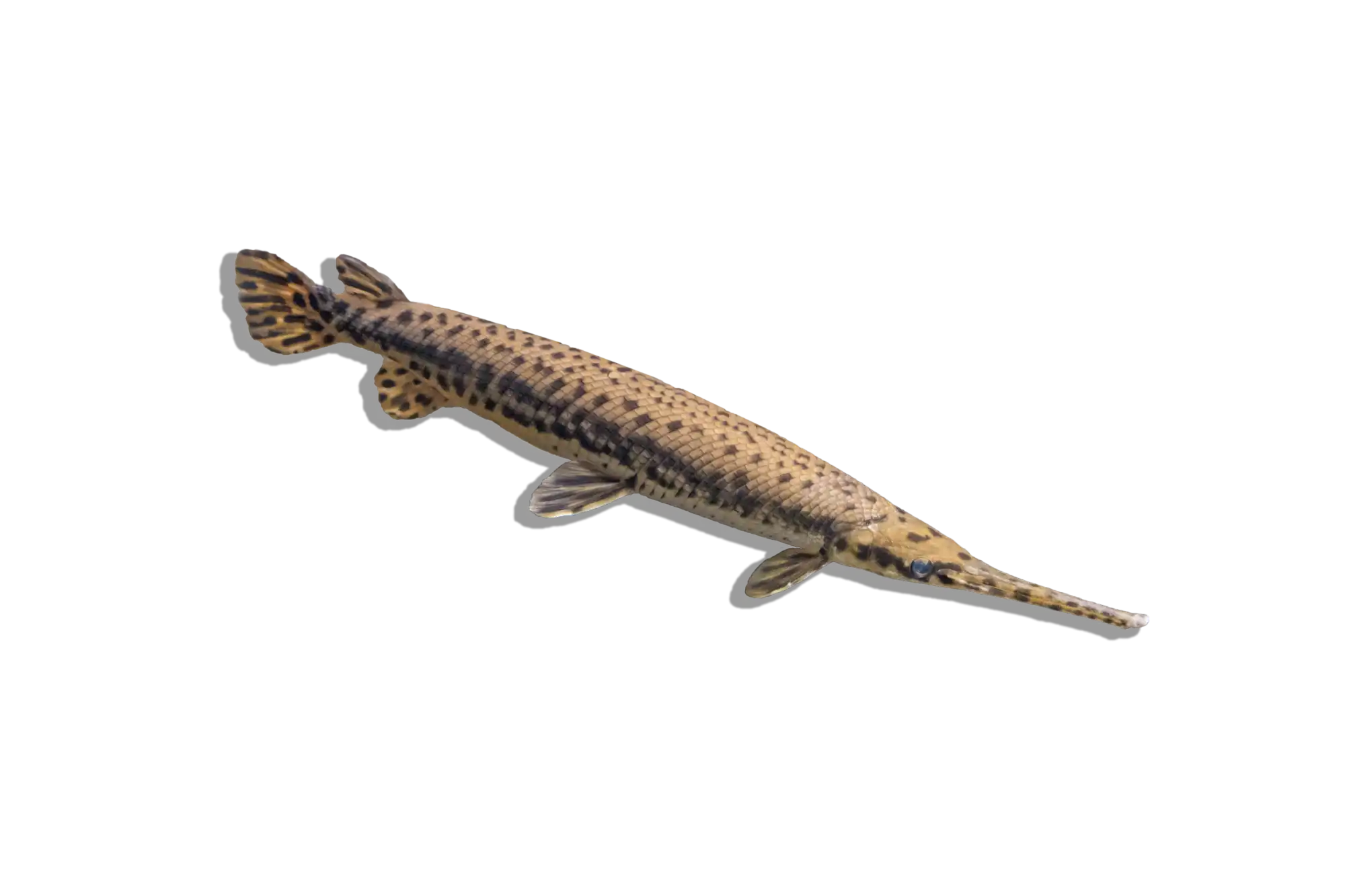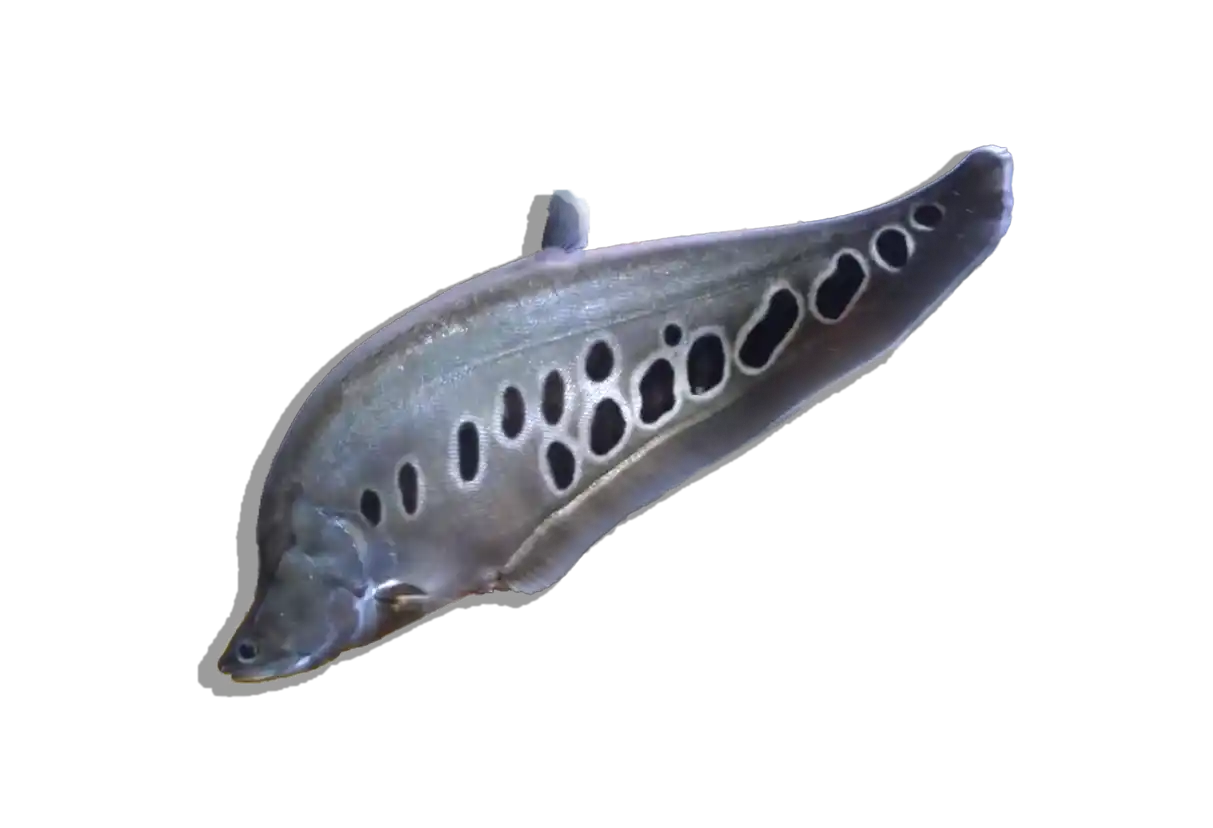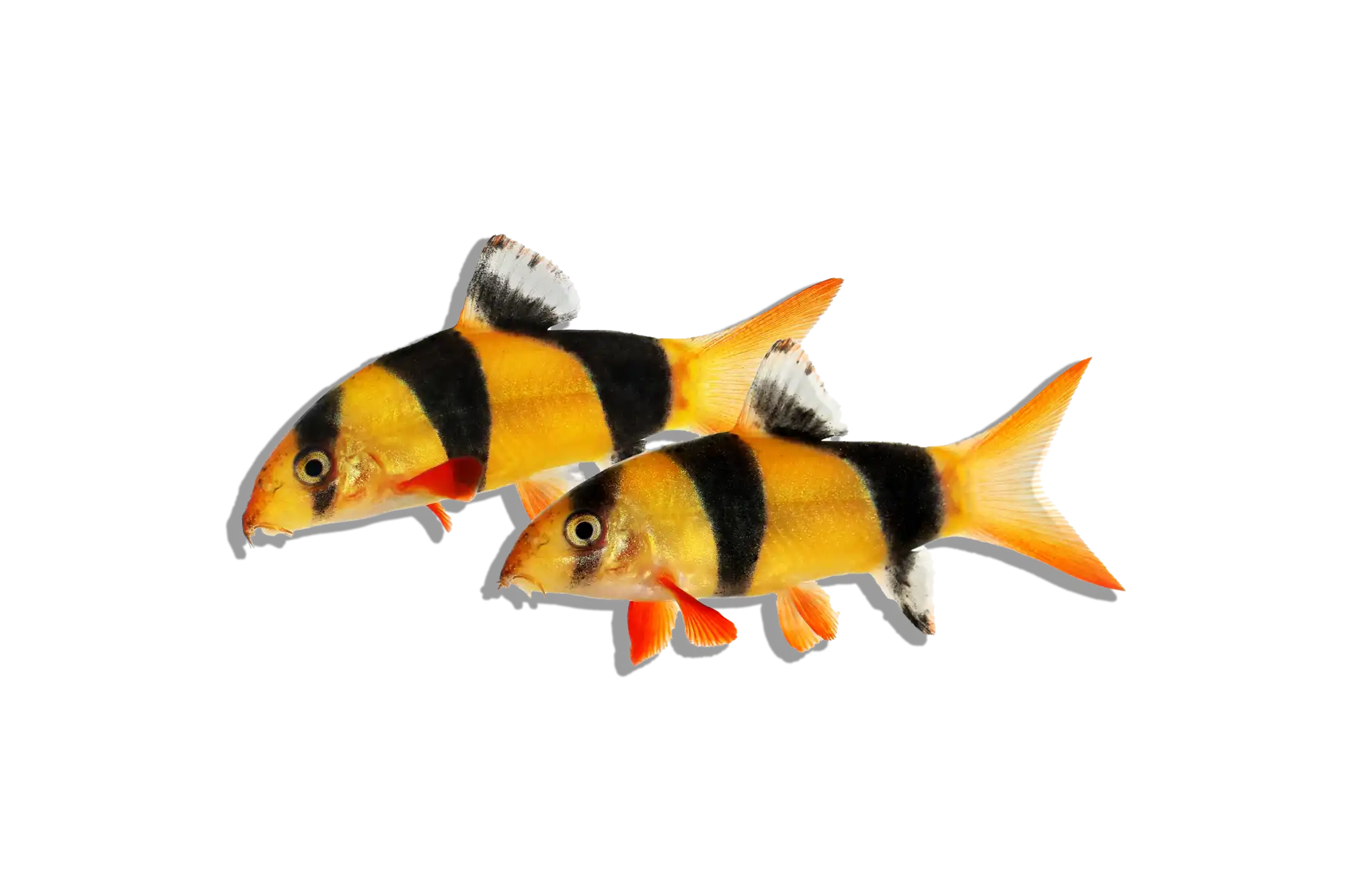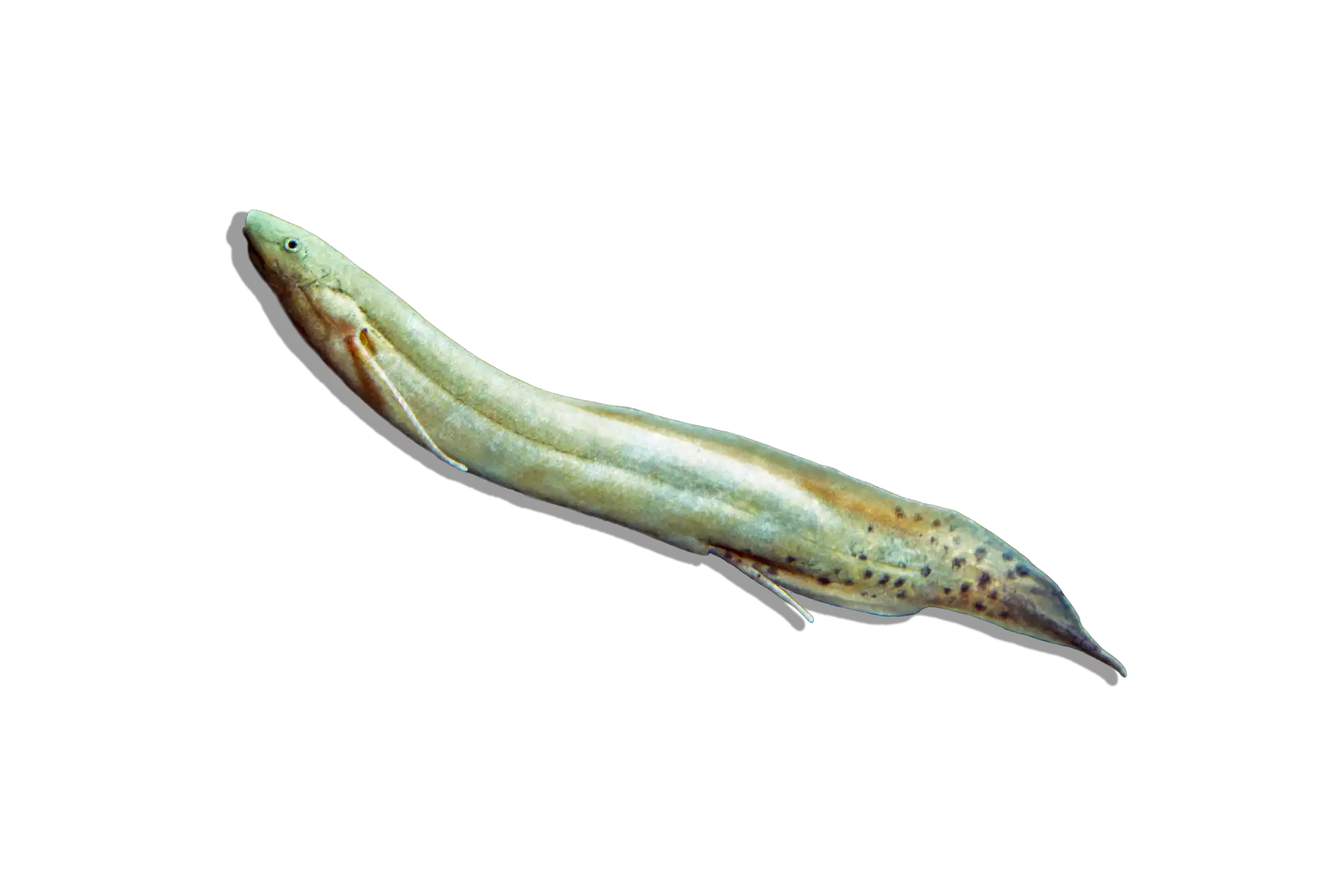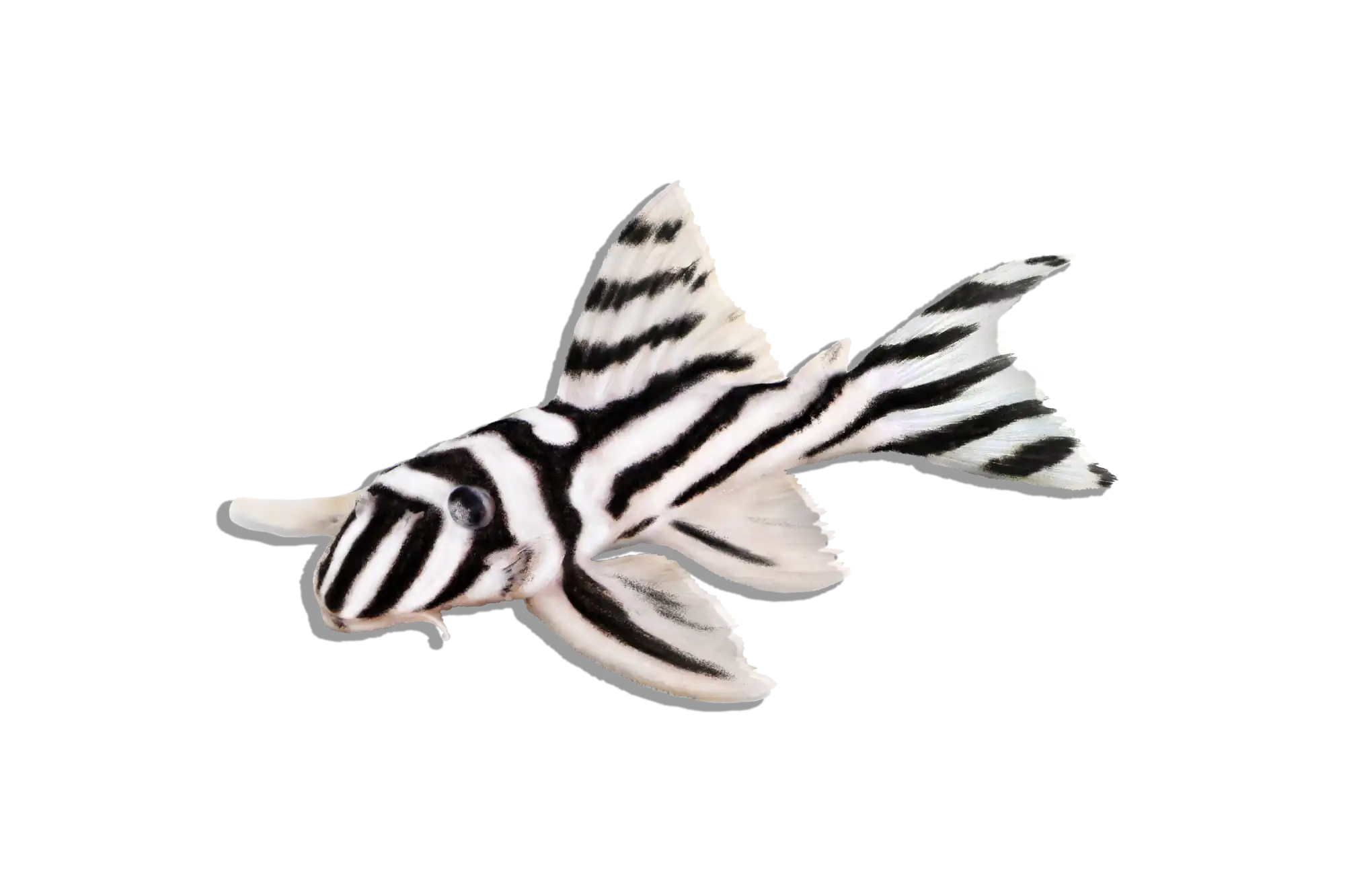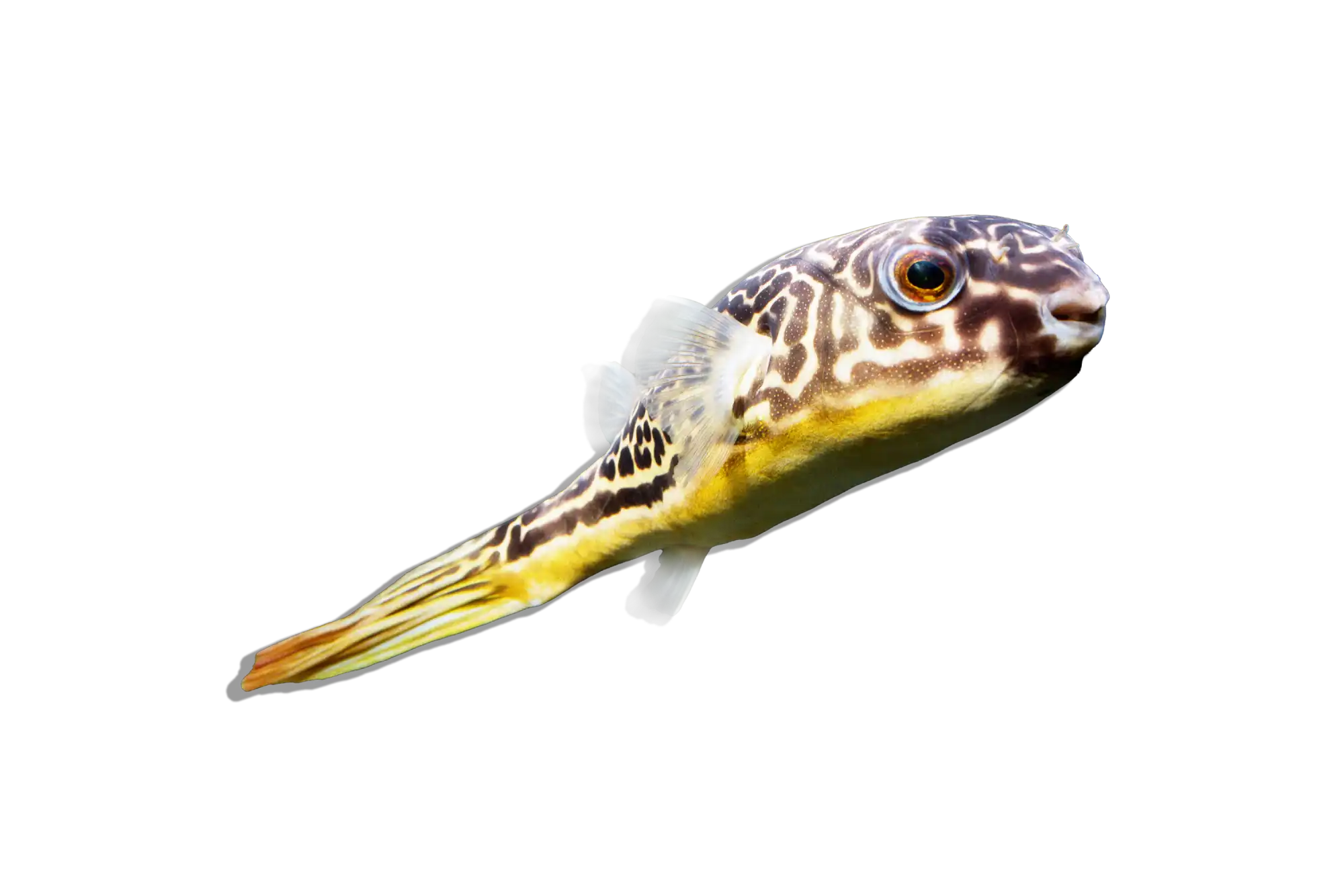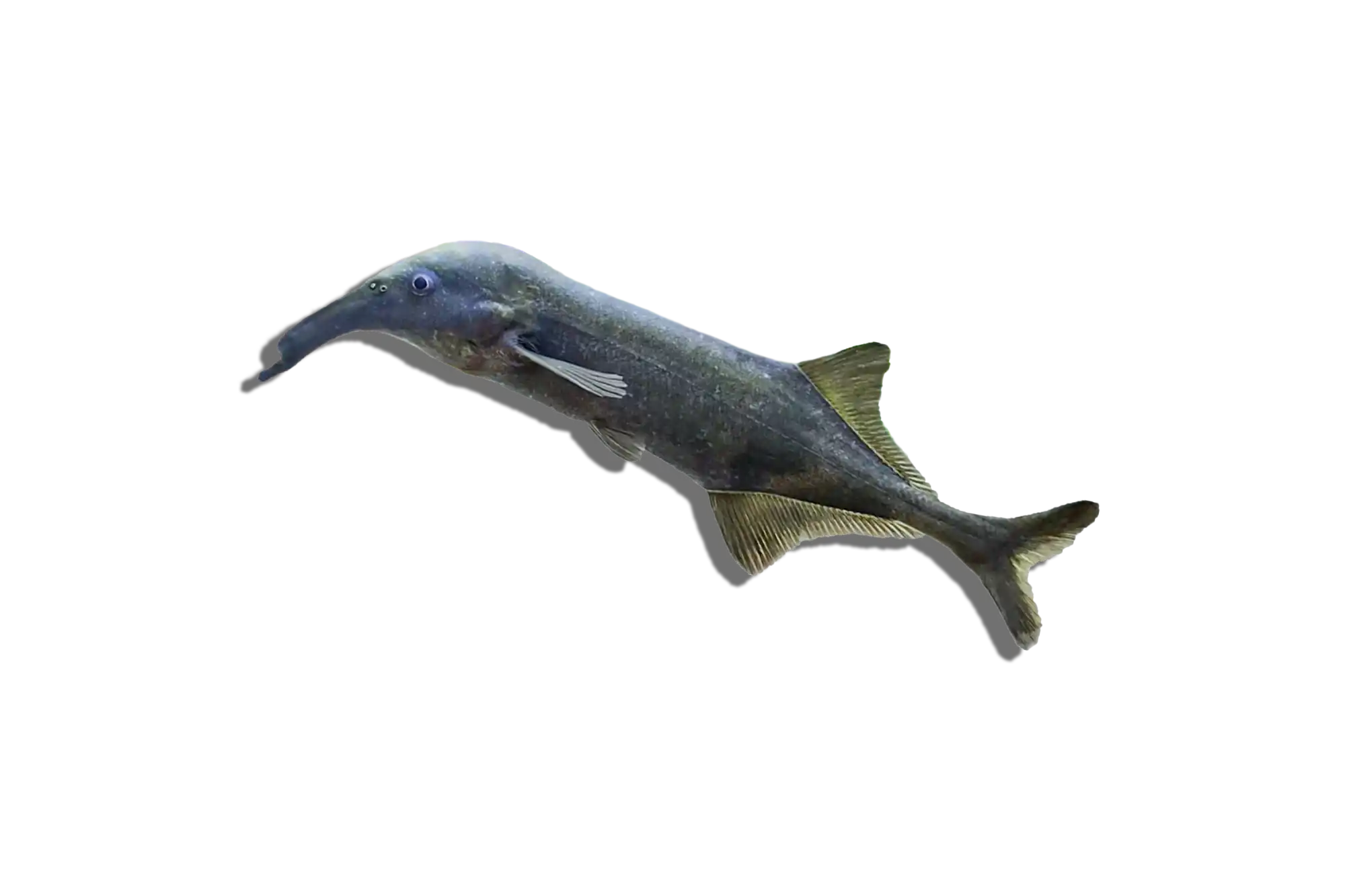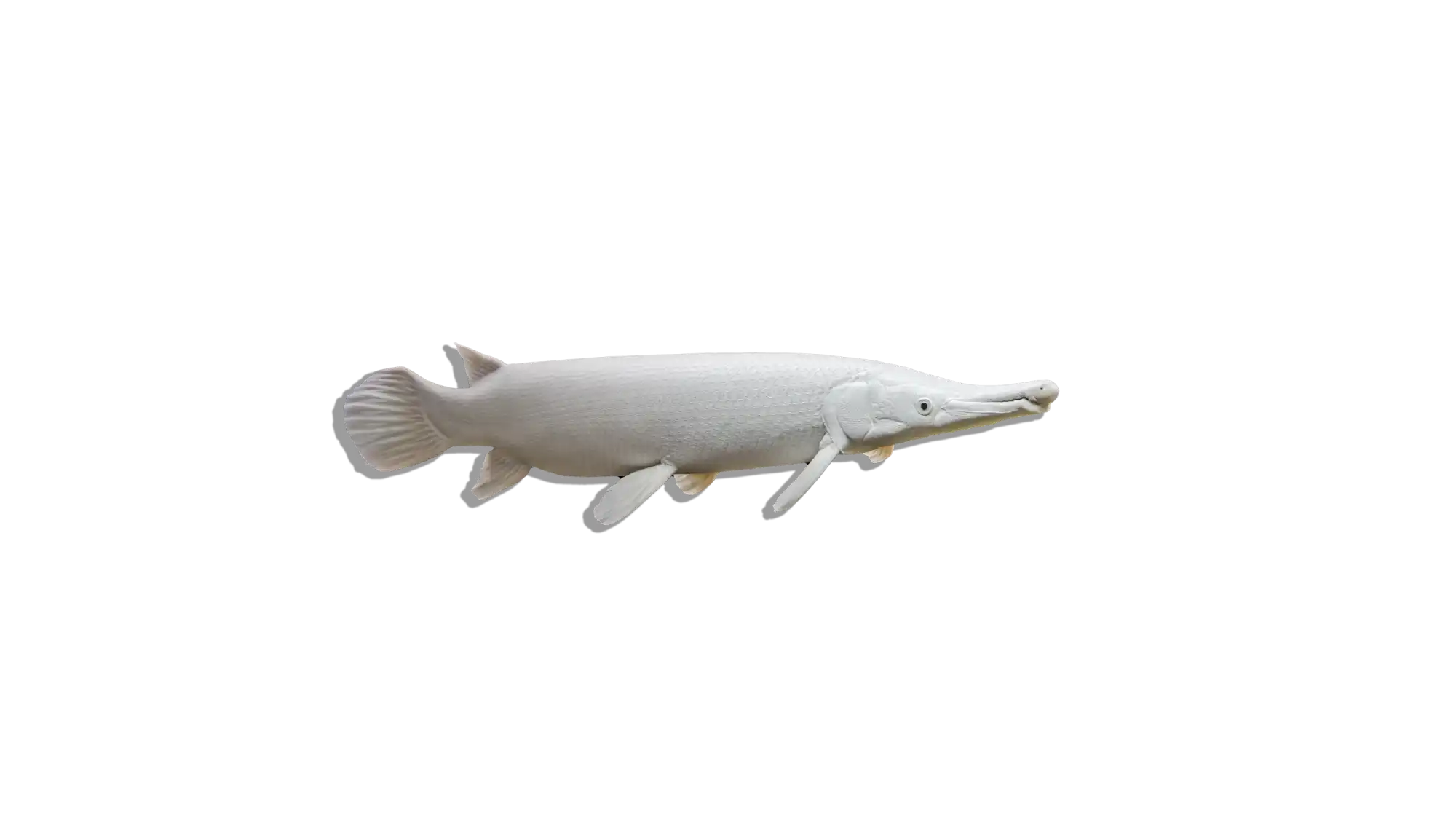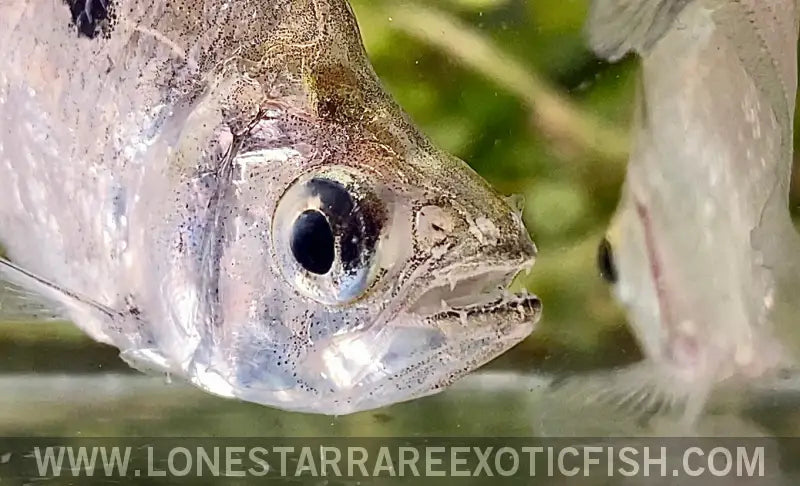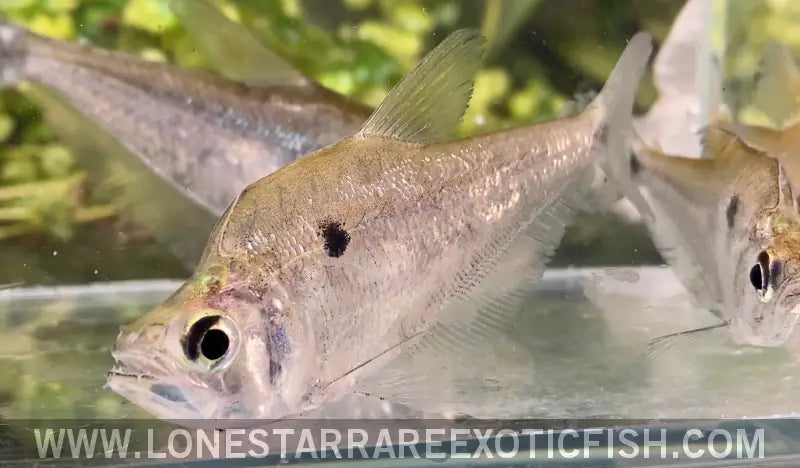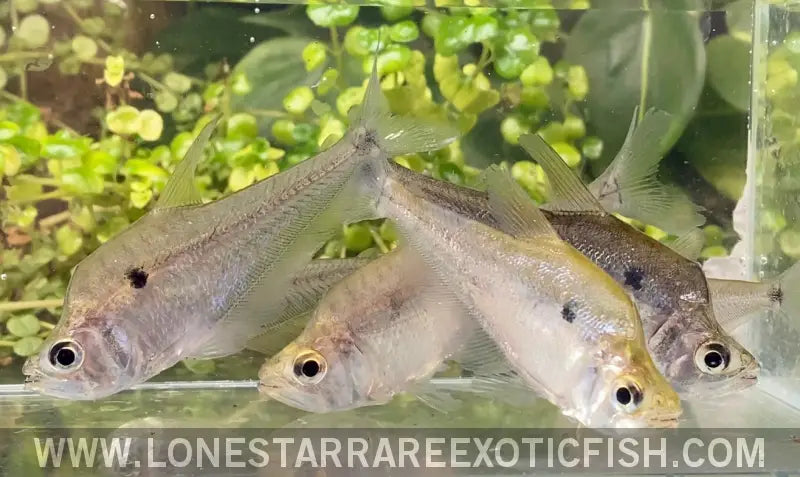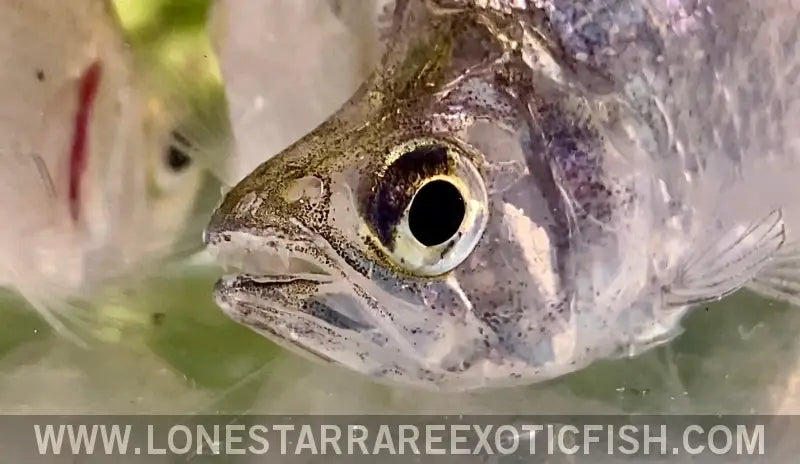Description
Common Name: Dwarf Vampire Tetra
Scientific Name: Roeboides affinis
The Dwarf Vampire Tetra is a lesser-known but interesting species in the tetra family. It gets its name from its distinctive feeding habits and tooth structure, which includes sharp, fang-like teeth. These tetras have a slender, elongated body with a silver to grayish base color and may display subtle iridescent hues. Their fins are generally transparent or slightly tinted. While this species is sometimes considered a look-alike of the some of the larger species of toothed tetras, the Dwarf Vampire Tetra (Roeboides affinis) and the more well-known Payara Vampire Tetra (Hydrolycus scomberoides) differ significantly in both size and family classification. The Dwarf Vampire Tetra, a smaller, schooling fish from the Characidae family, typically reaches about 4 inches and fits well in community aquariums. In contrast, the Payara Vampire Tetra, belonging to the Cynodontidae family, grows much larger, up to several feet, and is known for its predatory nature and distinctive large fangs, requiring specialized care.
Habitat and Distribution:
Roeboides affinis is found in Peru as well as other parts of Central and South America, particularly in slow-moving or still waters such as lakes, ponds, and slow rivers. They are often seen in areas with dense vegetation or submerged structures.
Size and Lifespan:
In captivity, Dwarf Vampire Tetras typically reach a length of about 3-4 inches. They have a moderate lifespan, often living for several years with proper care.
Diet and Behavior:
Despite their vampiric name, these tetras are omnivorous. In the wild, they feed on small invertebrates, insects, and plant matter. In aquariums, they should be provided a varied diet of quality flakes or pellets, frozen or live foods like brine shrimp and bloodworms, and vegetable matter. They are schooling fish and should be kept in groups for their well-being.
Breeding and Reproduction:
Breeding Dwarf Vampire Tetras in an aquarium setting could be challenging and has never been documented as far as we are aware. Like many tetras, they are egg scatterers and do not exhibit parental care. Providing a breeding tank with soft water, low lighting, and fine-leaved plants or a spawning mop can encourage breeding.
Aquarium Care and Tank Requirements:
A minimum tank size of 20 gallons is recommended but bigger is always better, especially if keeping a school. The tank should mimic their natural habitat, with plenty of plants and hiding spots. They prefer soft, slightly acidic water and a well-filtered environment with a very gentle current.
Ideal Tank Mates:
Dwarf Vampire Tetras do best in groups of at least 5 or more and they can also be kept with other peaceful fish of similar size. They do well with other tetras, small barbs, danios, and dwarf cichlids. Avoid keeping them with large or aggressive fish.
Difficulty Level:
Intermediate. They require a balanced diet and stable water conditions, making them suitable for aquarists with some experience.
Water Parameters:
• Temperature: 72-79°F (22-26°C)
• pH: 6.0-7.5
• General Hardness (GH): 5-12 dGH
• Carbonate Hardness (KH): 3-8 dKH
• Ammonia: 0 ppm
• Nitrite: 0 ppm
• Nitrate: <20 ppm
Additional Information:
• The Dwarf Vampire Tetra is known for its active swimming behavior and schooling nature, making it a lively addition to a community aquarium.
• They are generally not fin nippers but their unique teeth structure can be intimidating; however, they are generally peaceful towards tank mates.
• Regular maintenance and water changes are important to keep these tetras healthy.

